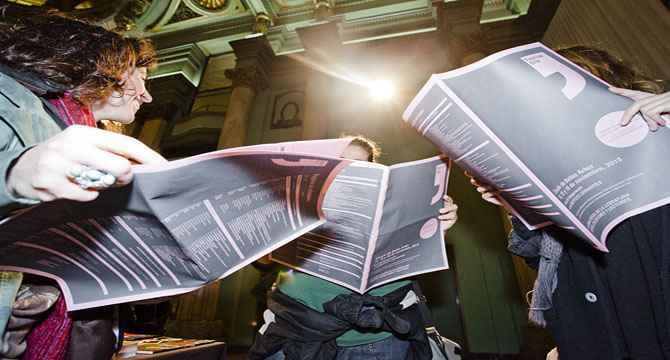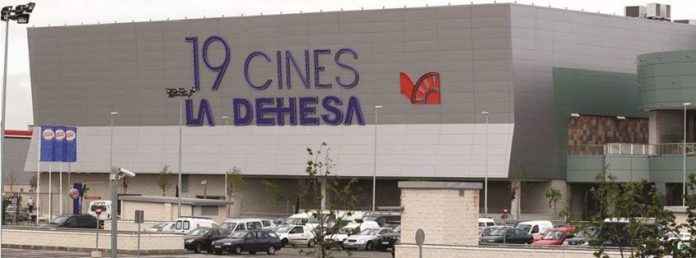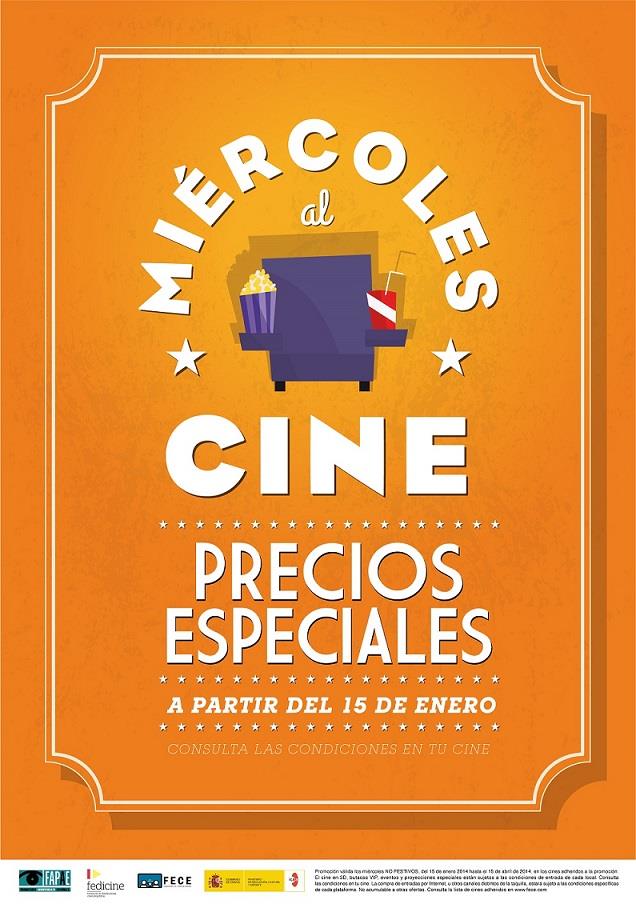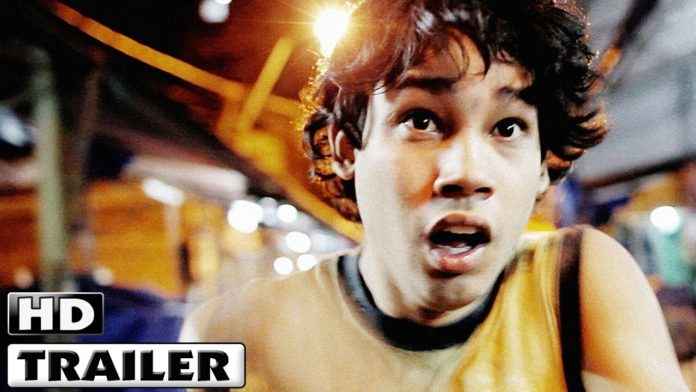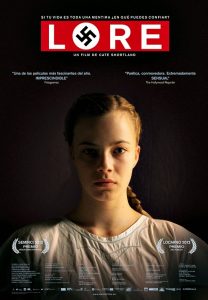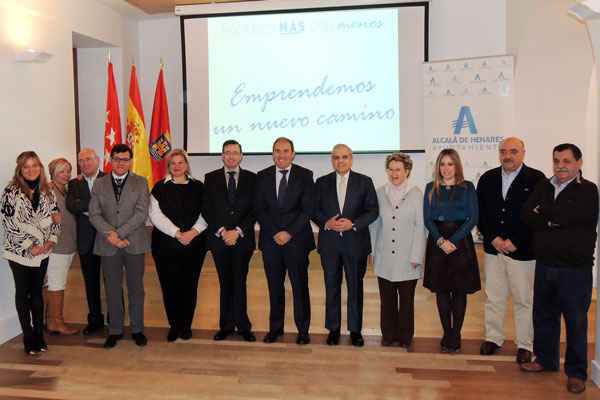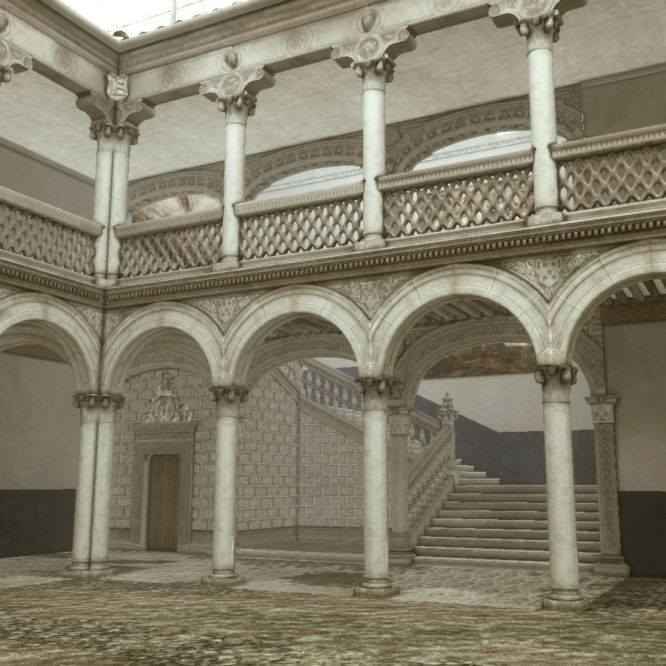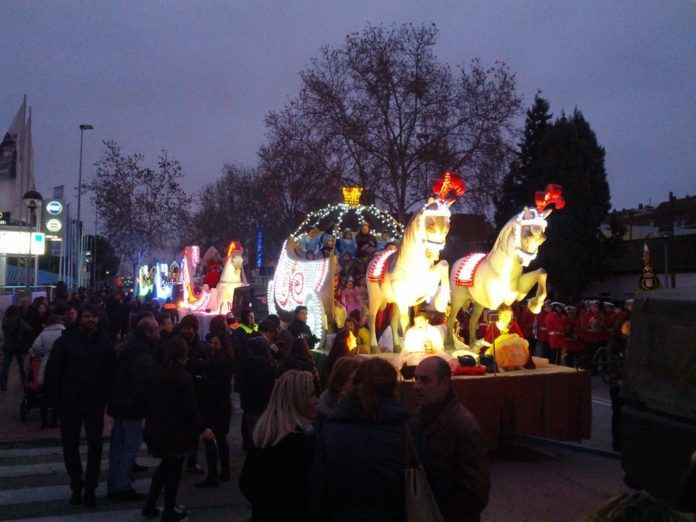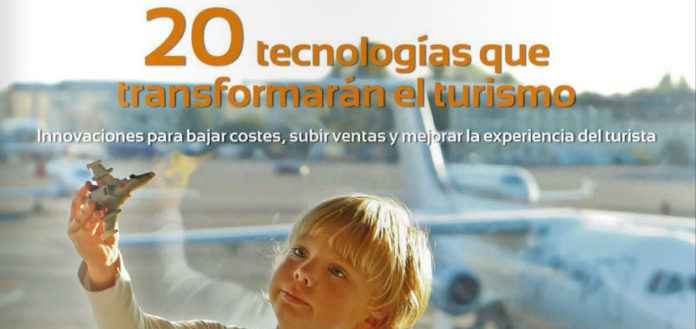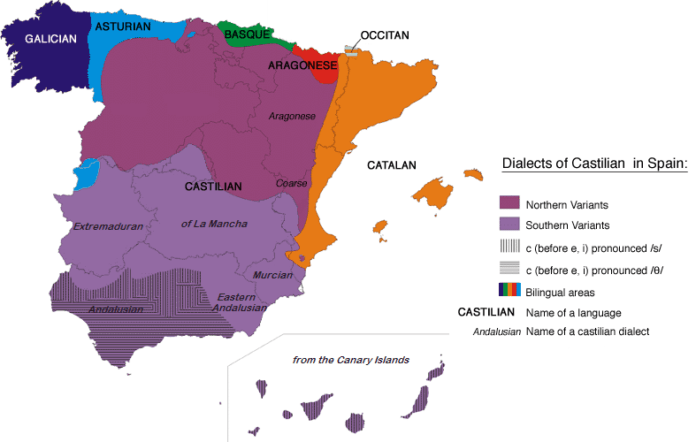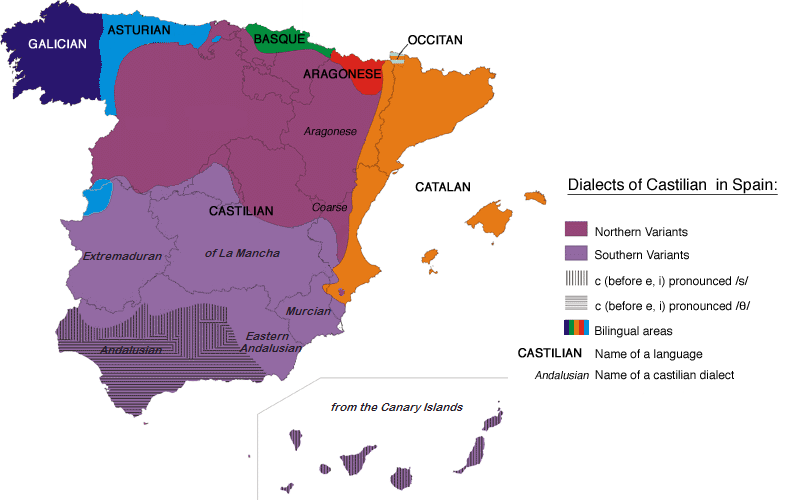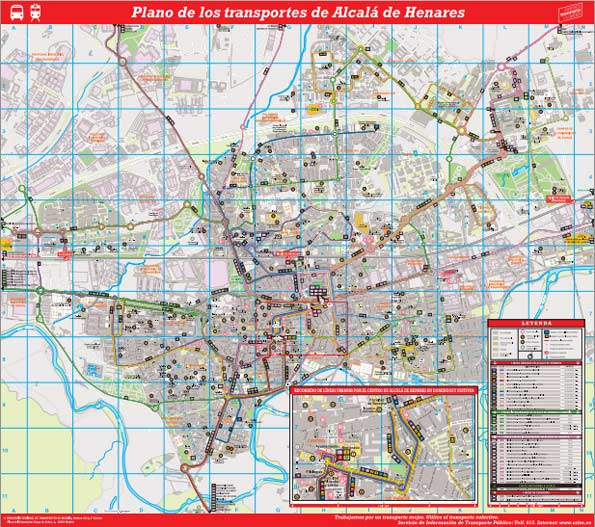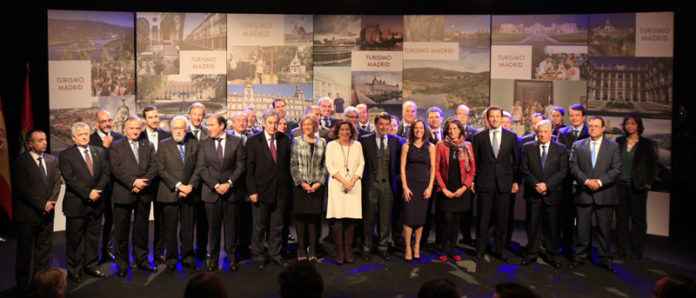Se presenta en Fitur el nuevo «pasaporte» de las Ciudades Legado, con promociones para los turistas que visten Alcalá, Aranjuez y San Lorenzo del Escorial.
Un total de 77 empresas de diversos sectores forman parte en Alcalá de Henares de este proyecto impulsado por la Comunidad de Madrid para promocionar los tres destinos «Patrimonio de la Humanidad».
Alcalá de Henares, Aranjuez y San Lorenzo del Escorial son, además de Patrimonio de la Humanidad, las tres «Ciudades Legado» de la Comunidad de Madrid. Hoy se ha dado a conocer en Fitur el nuevo «pasaporte» –cambia la imagen- que da acceso a descuentos y ofertas especiales (en Alcalá se han adherido 77 establecimientos y empresas) para aquellos turistas que visiten las tres ciudades.
El acto ha estado presidido por la viceconsejera de Empleo, Turismo y Cultura de la Comunidad de Madrid, Carmen González, y han participado los alcaldes de las tres ciudades: Javier Bello, María José Martínez y José Luis Fernández-Quejo.
La finalidad del proyecto, que se puso en marcha el pasado mes de junio, es contribuir a la divulgación del patrimonio monumental, artístico y paisajístico, así como promocionar el turismo, la cultura y el comercio de las tres ciudades. Por otra parte «Ciudades Legado» puede ser en un elemento de comunicación e imagen que atraiga a un gran sector de público, incrementando el número de visitantes a la Comunidad de Madrid, y por tanto a la Ciudad de Alcalá de Henares. Asimismo con esta iniciativa, todas las partes implicadas buscan potenciar el turismo de interior, fidelizar al turista que viaja por motivos culturales y desarrollar nuevos productos que tengan como base el patrimonio histórico.
Además de descuentos, el Pasaporte ‘Ciudades Legado’ permite acceder a bonos anuales y bimensuales de visitas a los Reales Sitios, gestionados por Patrimonio Nacional, o a bonificaciones en el precio del transporte público.
El pasaporte puede obtenerse en toda la red de Oficinas de Turismo de la Comunidad de Madrid y se tiene que sellar en las Oficinas de Turismo de las ‘Ciudades Legado’. Una vez conseguidos los sellos de las tres localidades se podrá solicitar la colección de Rutas de Turismo Cultural que edita la Dirección General de Turismo de la Comunidad de Madrid.
Ciudades Legado
«Ciudades Legado” es una iniciativa para promocionar la potencialidad turística y dinamizar el comercio de Aranjuez, Alcalá de Henares y San Lorenzo de El Escorial (enclaves inscritos en la lista de la UNESCO), y su Patrimonio Cultural.
Los enclaves inscritos como Patrimonio Mundial son El Monasterio y el Real Sitio de San Lorenzo de El Escorial, la Universidad y el centro histórico de Alcalá de Henares y el Paisaje Cultural de Aranjuez.
Este programa turístico ofrece facilidades para dinamizar el turismo estos tres destinos bajo una misma marca: Ciudades Legado, Madrid Patrimonio Mundial. El primer producto del programa promocional, es el Pasaporte.
El Pasaporte 2014 con novedades como la personalización de su uso, la actualización de la información sobre establecimientos participantes o planos con los principales recursos turísticos de los tres lugares.
A lo largo de este año se irán proponiendo nuevas iniciativas que animen a formar parte de la experiencia del Patrimonio Mundial en la Región de Madrid.
En este iniciativa colaboran los Ayuntamientos de Aranjuez, Alcalá y San Lorenzo de El Escorial, Dirección General de Comercio (Consejeriá de Economía y Hacienda), Patrimonio Nacional, Renfe Cercanías Madrid y Consoricio Regional de Transportes de Madrid.
Más información:


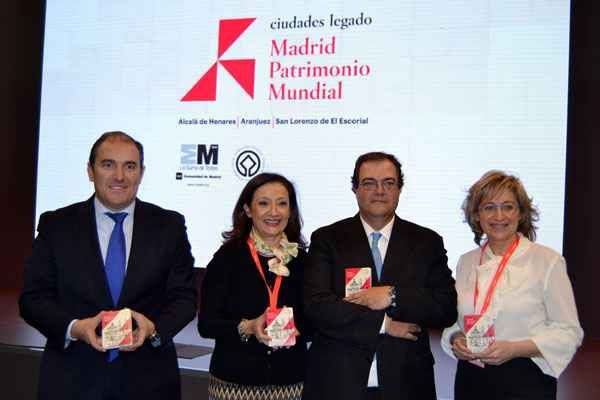
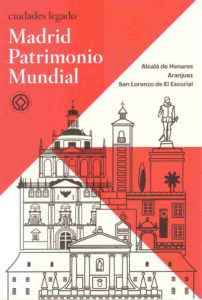
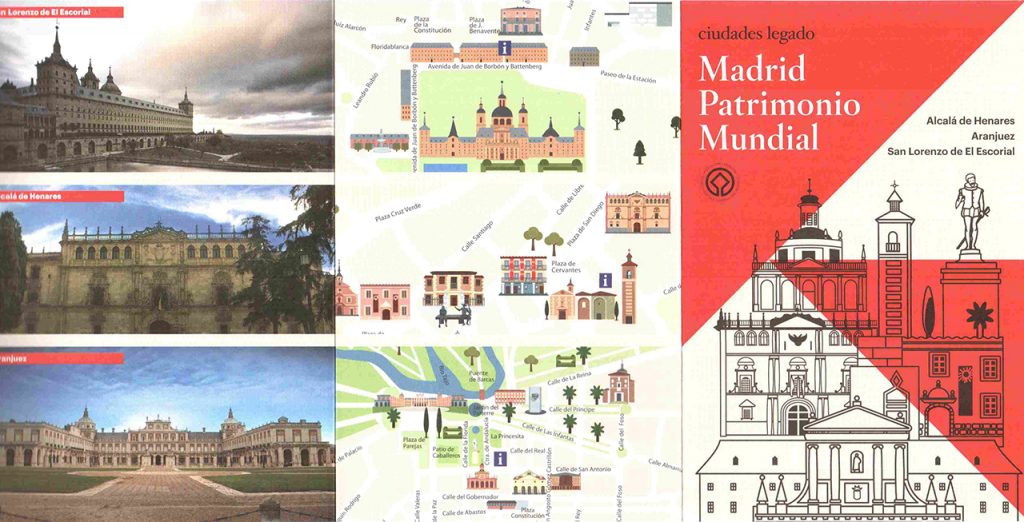
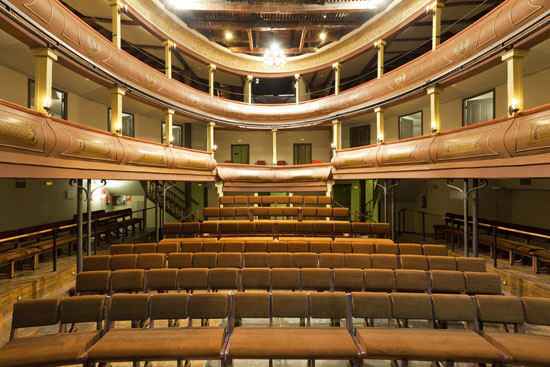
 En este 2014 el
En este 2014 el 